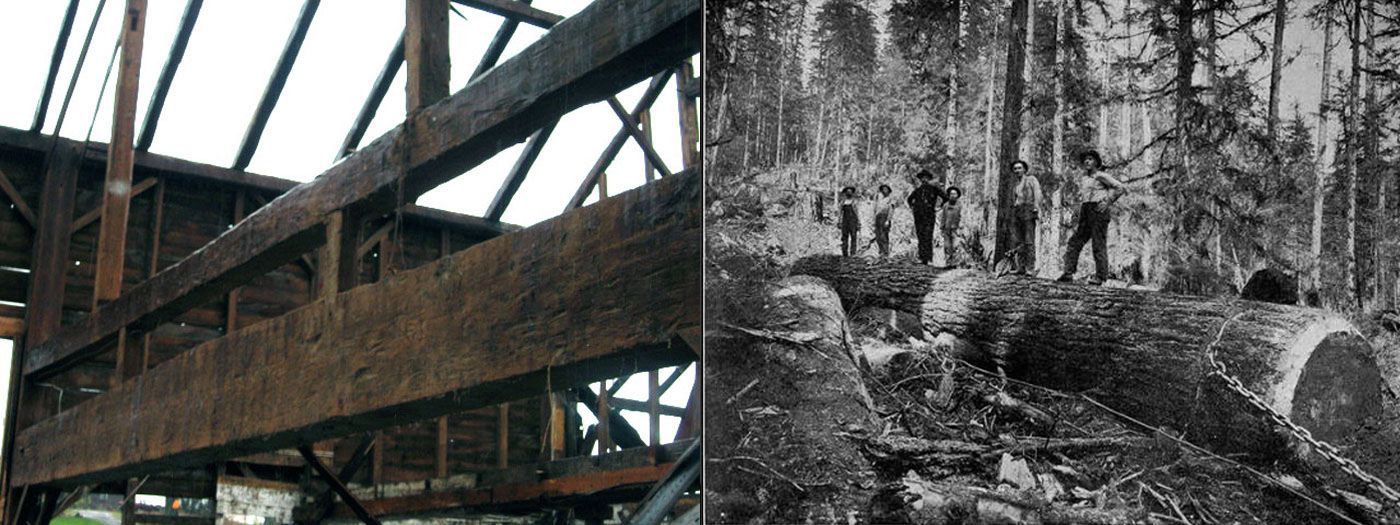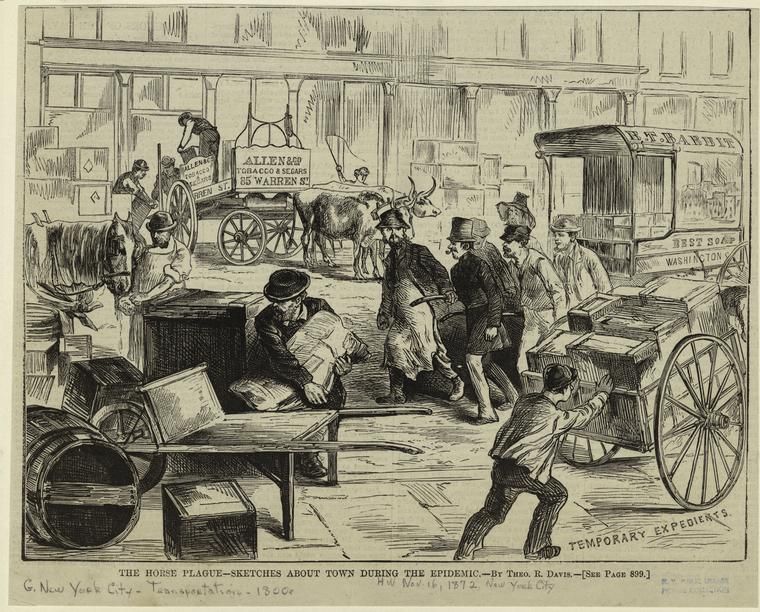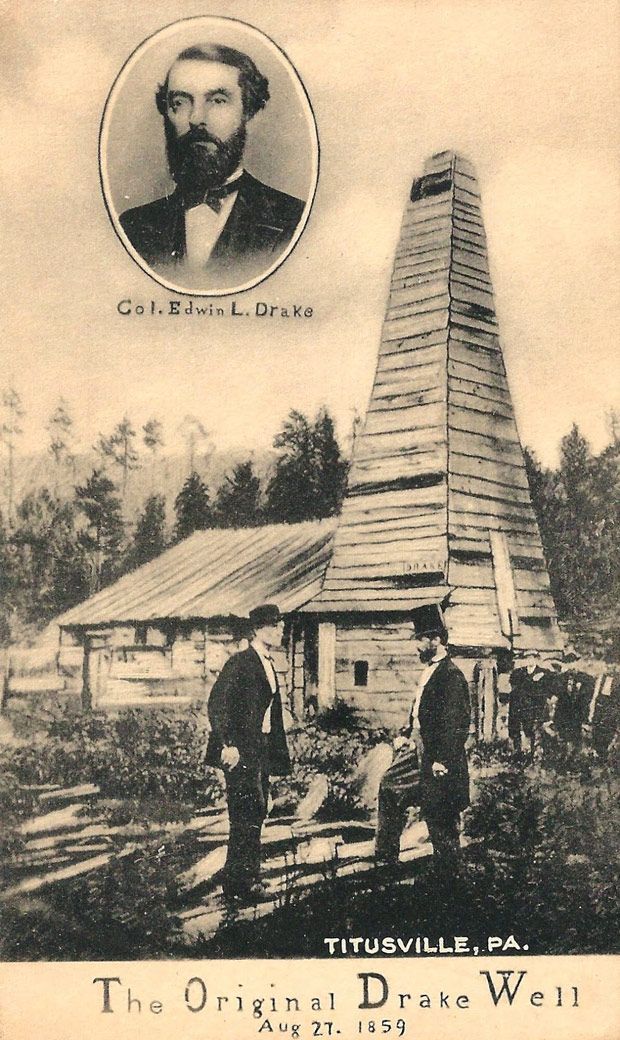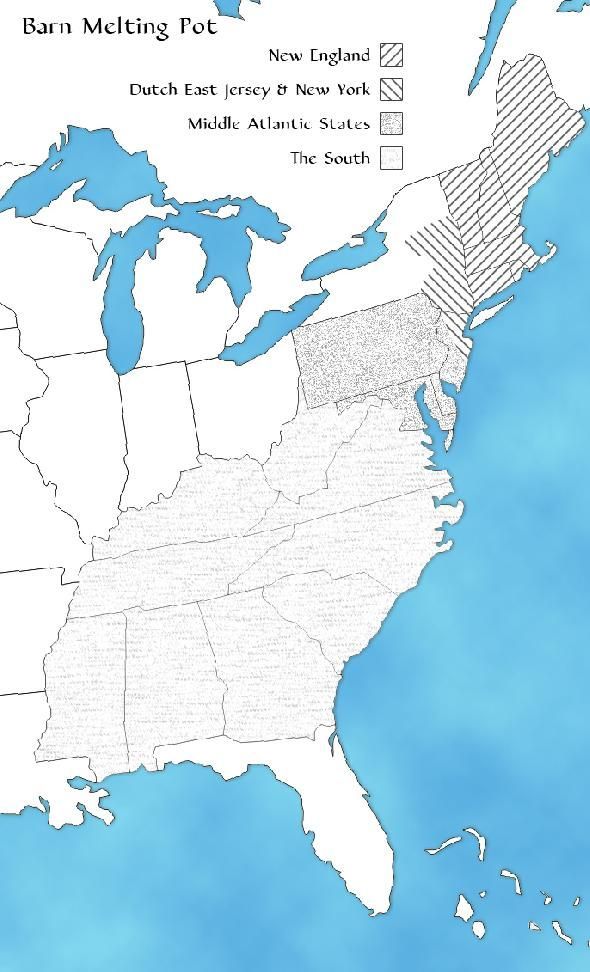Hand Crafted Water Wheel
In late 2012 a private golf course near Houston, Texas was in the process of a facility expansion including a new 9 hole-par three surrounding a small lake. The Owner, a creative visionary, imagined this required industrial pump-house building could be a feature rather than a distraction to the otherwise pristine short course.
The pump-house became known as the Gristmill and the Heritage Restorations design team began to design a stone Gristmill that would fit the surrounding landscape and allow room for the fertigation system and equipment. A proper Gristmill needs a water wheel, so from the very inception of the Gristmill a water wheel was the key exterior feature to the building. To complete the authentic a feel of the whole campus a creek was designed and constructed to provide a water flow capable of turning the water wheel.
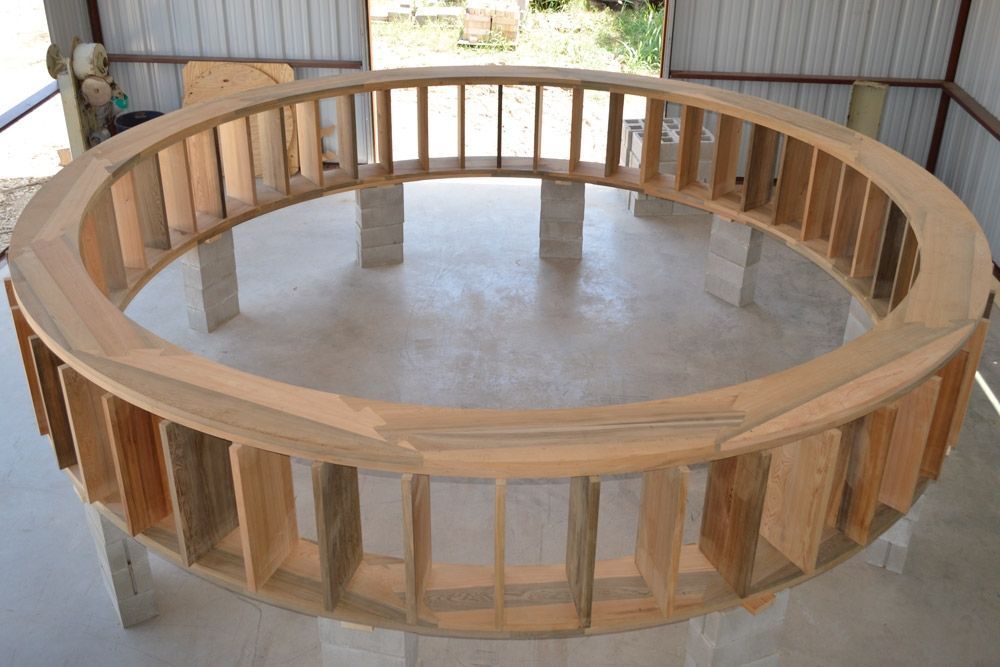
Slide title
Write your caption hereButton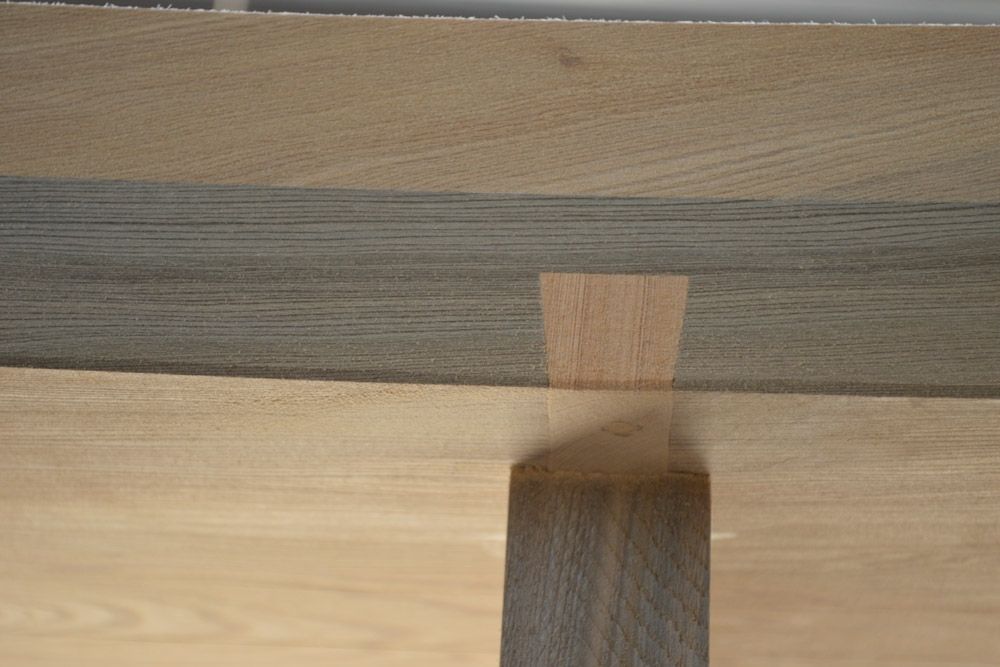
Slide title
Write your caption hereButton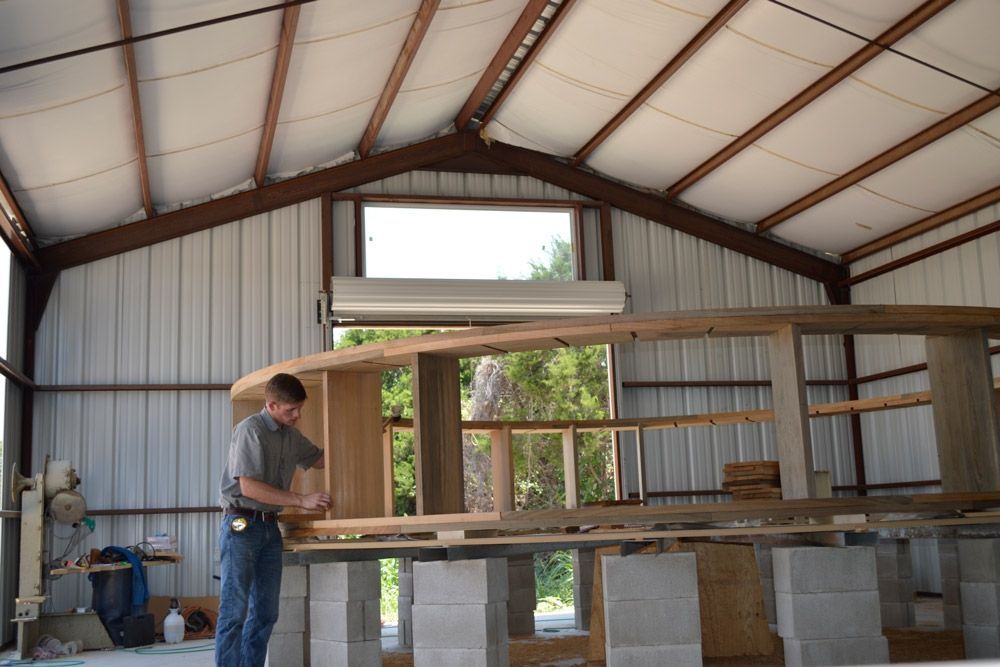
Slide title
Write your caption hereButton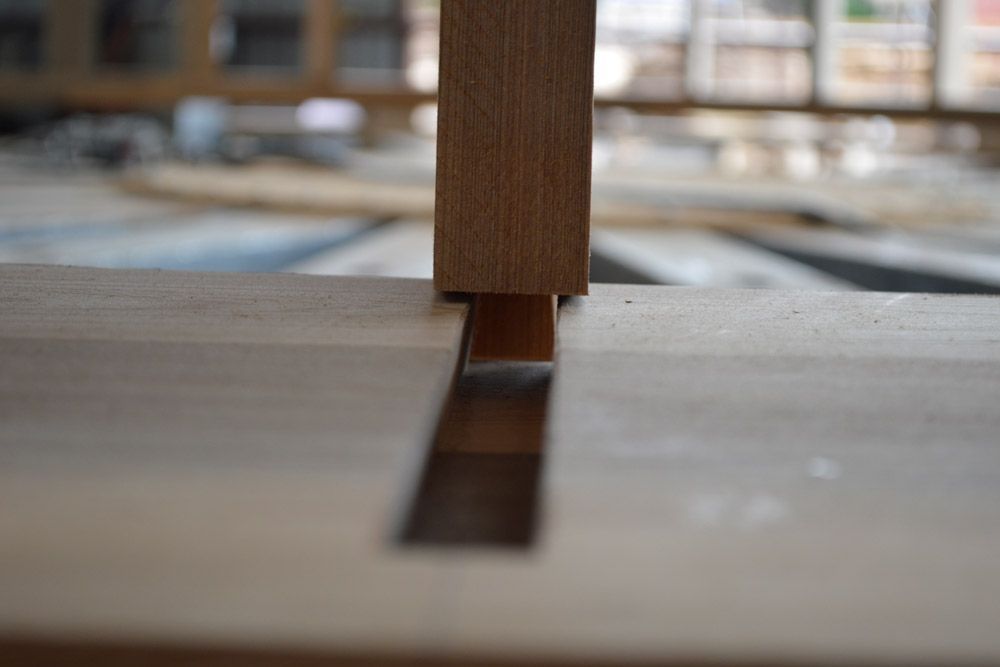
Slide title
Write your caption hereButton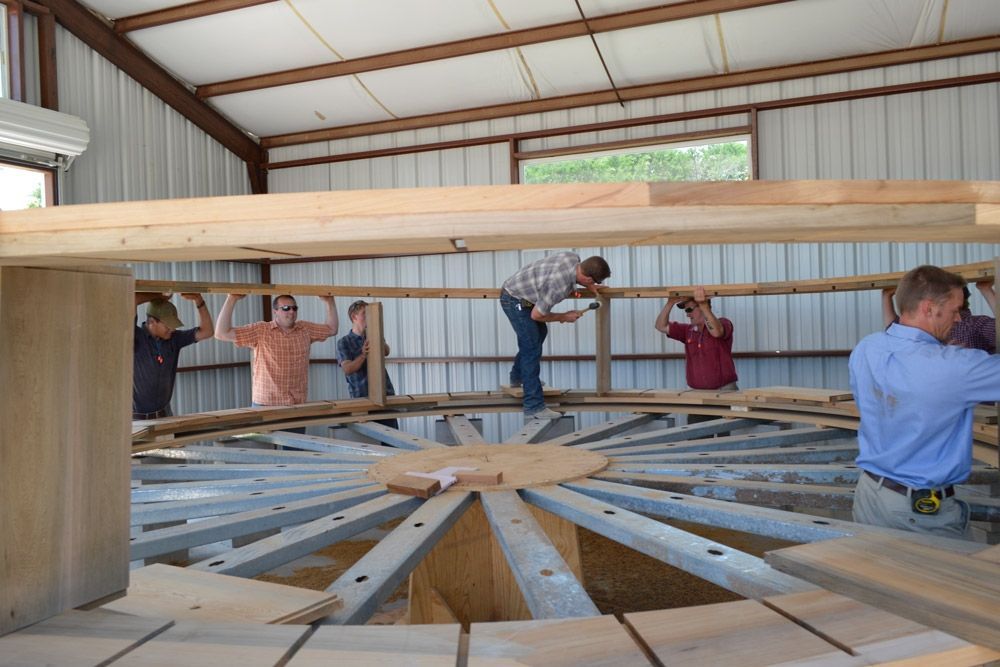
Slide title
Write your caption hereButton
Slide title
Write your caption hereButton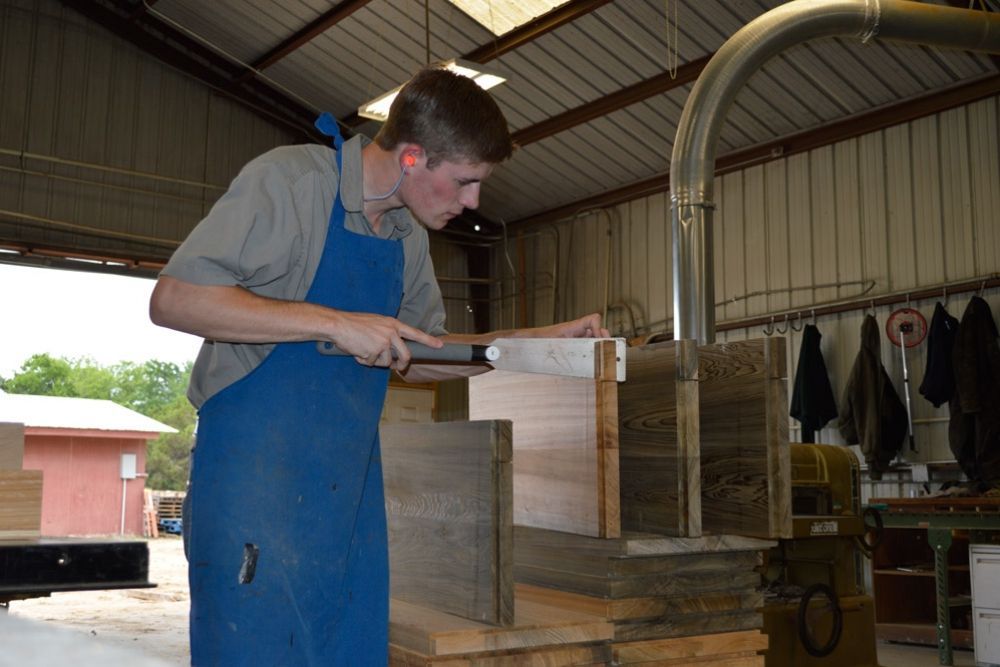
Slide title
Write your caption hereButton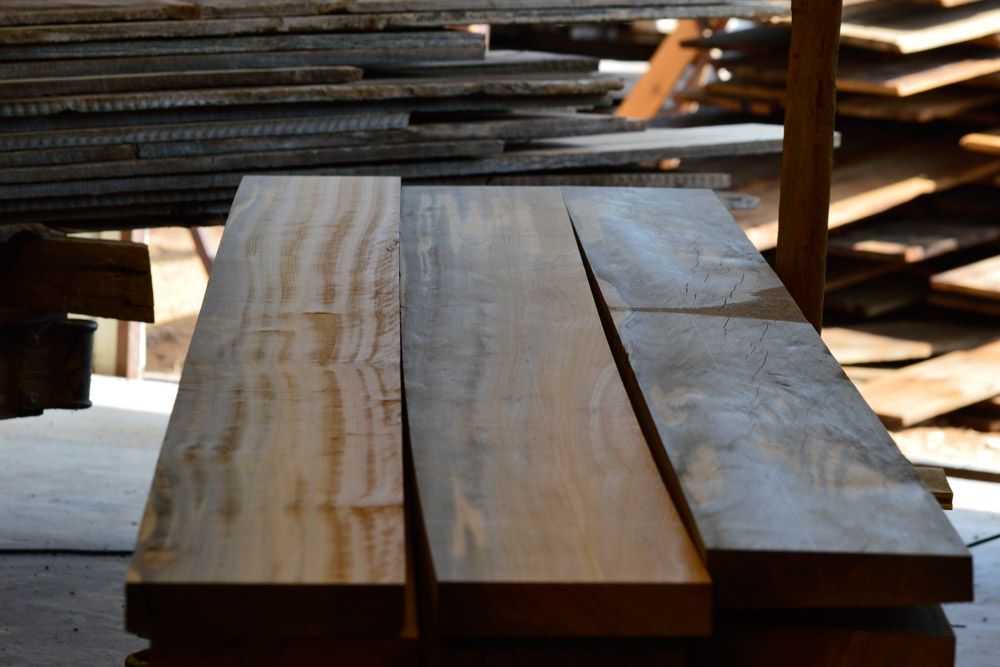
Slide title
Write your caption hereButton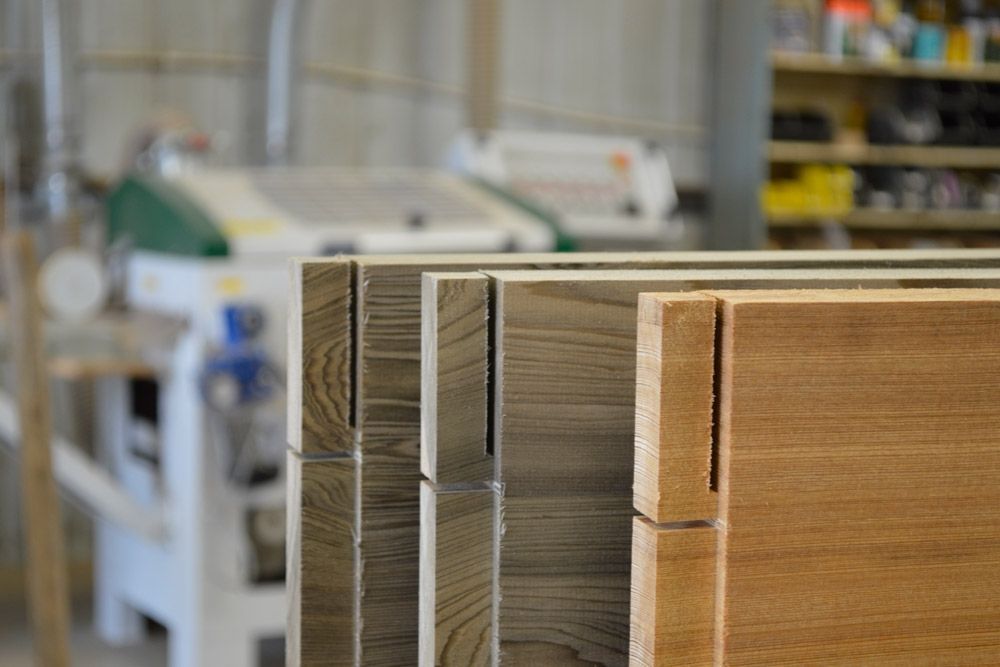
Slide title
Write your caption hereButton
Slide title
Write your caption hereButton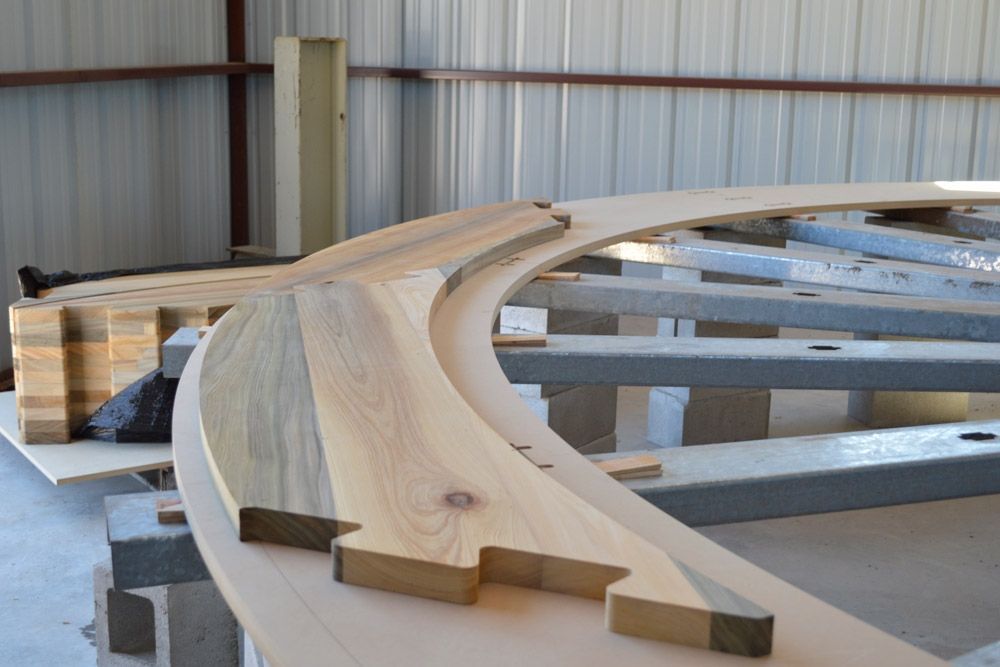
Slide title
Write your caption hereButton
A dovetail for each of the 50 paddles is cut into the top face of the rim. The 14″ x 36″ paddles are also glued from 3 to 4 individual boards and mirror the negative dovetail cut in the rim with the positive counterpart on each end.
The second rim is glued in the same method as the first and the paddles slide between the two rims each locking into place with a 1.5″ extension beyond the exterior rim wall. The extension helps reduce the rim drag in the water making the wheel as efficient as possible with a given water flow.
20 spokes are constructed, 10 for each side, and intentionally appear to interact with the 12 visible dovetails at random intervals so to not draw too much attention to the rim connection design and details. The spokes tapered toward the middle and fastened to a custom fabricated steel hub behind a machined brass compression plate with 60 carriage bolts and square nuts. The assembly slides over a 6″ diameter steel axle and balances with 16 3/4″ set screws used for truing an fine adjustment.
The final result is a 5,000 lbs 19′ sinker cyprus under-shot water wheel turning at just under 4 rpms with 2,800 GPM of water flowing through a 42″ wide rock shoot providing serene views from what has been consistently rated, the number 1 golf course in Texas.
